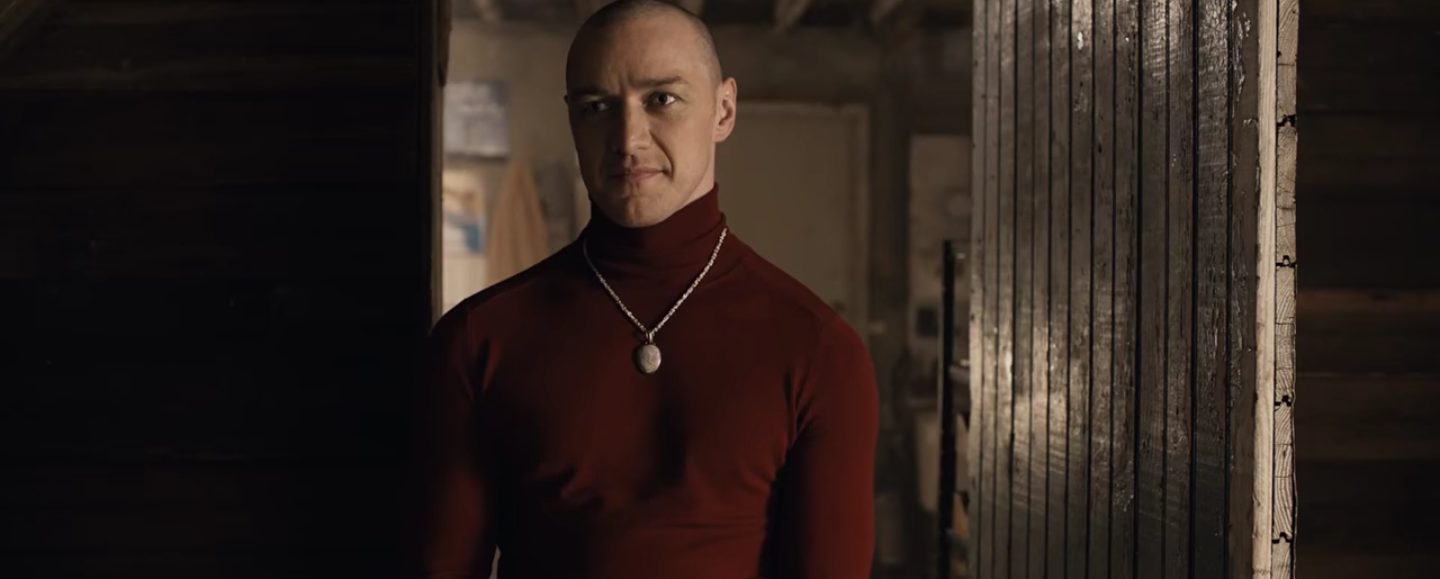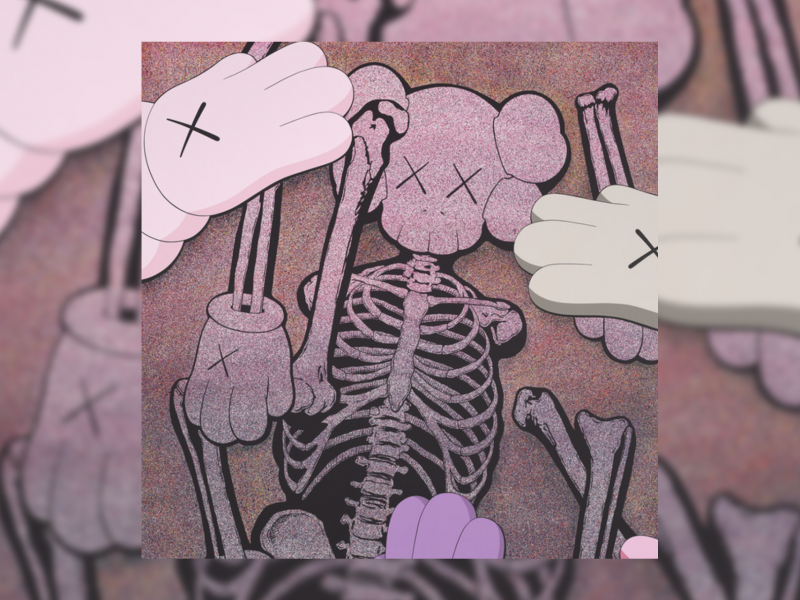**Warning: This review of Split contains spoilers**
When rushing through the rainy streets of Washington D.C., ignoring the fact that I was two minutes late for my 7:30 screening, I tried to prepare myself for the fact that I might have some problems reviewing Split. While by no means am I opposed to horror as a genre, I, like many others, continuously fall victim to the cheap jump scares and grotesque bodily contortions that often accompany them. Given my low tolerance for fear, just because I find something frightening doesn’t mean that it’s actually scary, which makes it more challenging for me to judge whether or not a horror movie actually succeeds in being good.
So as I settled down to watch James McAvoy try to portray 23 different personalities in Split, I knew this review would be challenging. And if the blank word document after an hour of brainstorming is any indication, so far it has been. Not because I felt scared when I probably shouldn’t have been; the movie itself didn’t elicit a whole lot of fear. Instead, I face the dilemma of differentiating between what makes a movie good and what makes a movie humane. While the finished product proved to be a decent horror movie, the disgustingly gruesome message found at the center of Split didn’t fail to make me feel pretty terrible.
The concept of the film is relatively straightforward. Written and directed by The Sixth Sense and Unbreakable creator M. Night Shyamalan, Split focuses on the horrific events that take place after Kevin (James McAvoy), a person suffering from a severe case of dissociative identity disorder, kidnaps three teenaged girls in a parking lot. While in captivity, the girls witness Kevin’s internal struggle as two of his personalities fight to gain control and summon the unknown yet terrifying “Beast.”
Although there are some definite problems with the story, credit needs to be given where it’s due. To take on the personas and characteristics of 23 different identities can’t be an easy feat, but McAvoy delivers a strong performance despite the challenge. Watching him transition between identities was very impressive, for literally everything about his speech, movement and posture changed. One minute he’s a wide-eyed, fidgety nine-year-old with a lisp, and then in the next minute he transforms into a cold, domineering handyman with a bad case of OCD. His performance is what really held the story together—if he wasn’t believable, the whole movie would have gone down in flames.
McAvoy’s stellar performance wasn’t enough to gloss over the morally questionable message of the story, though. Obviously a horror movie isn’t going to invoke the highest sense of morality, but after so many you would think the method of achieving shock value would change. Because opposing McAvoy’s character stood Anya Taylor-Joy’s twisted protagonist character, Casey. I say twisted not because the character itself is inherently flawed, but because her purpose in the plot is.
Throughout the entire duration of her captivity, Casey kept receiving flashbacks of a hunting trip she went on with her father and uncle when she was little. Each flashback was filled with unease. After the first or second flashback I could guess exactly what was going to happen to Casey, and spent the remainder of the flashbacks hoping that Shyamalan was going to present us with something more original and inoffensive than child rape. Sadly, I was disappointed. Not only was Casey at the very least sexually assaulted by her uncle, but after her father’s death, she was placed in his sole custody. I could probably write whole other article on the concerning comfort that Hollywood seems to have with using rape as a scare tactic in movies, but for now, let me just say that the decision was pretty gross to watch.
But then it got worse. When gearing up for the final climactic scene of the movie, you learn that The Beast feeds on those who have felt no pain or suffering; those who he perceives as not having to sacrifice anything in life. By this point, the other two girls are already dead and devoured, leaving only Casey to be caught and quite literally eaten. But just as The Beast is about to break through the bars separating him from his prey, something catches his eye. Casey’s body is littered with scars — whether from self-harm or physical abuse one can’t be sure. Either way it’s abundantly clear that they were placed on her skin purposely.
And after witnessing these new marks, what does the Beast do? Absolutely nothing. He leaves Casey alone, but not before proclaiming that she is unique, “pure” because of her abuse. And that’s where I checked out. Because in that moment Shyamalan decided that the only way his protagonist was going to get out alive was for her to become special because of the terrible, gut-wrenching things that had happened to her. Casey’s whole character became defined by her abuse. Not only is this a direct slap in the face to each and every victim of physical or sexual abuse that may end up watching his movie, but it’s also just lazy writing. There’s nothing redeeming about a protagonist winning a fight because she’s lost so many previous ones.
Horror is meant to scare the viewer. It’s meant to keep you shaking in your seat, adrenaline pumping high. Unfortunately Split doesn’t provide this sense of fear. What it provides instead is a sick sense of moral injustice. If this is what M. Night Shyamalan was going for, he achieved it perfectly.
2/4 Shells



